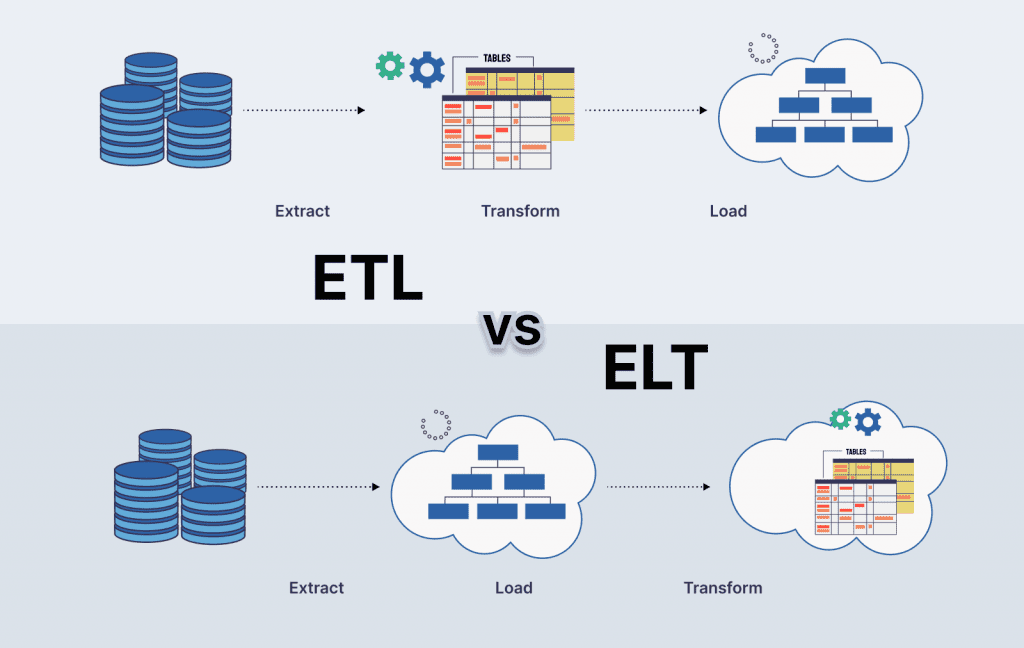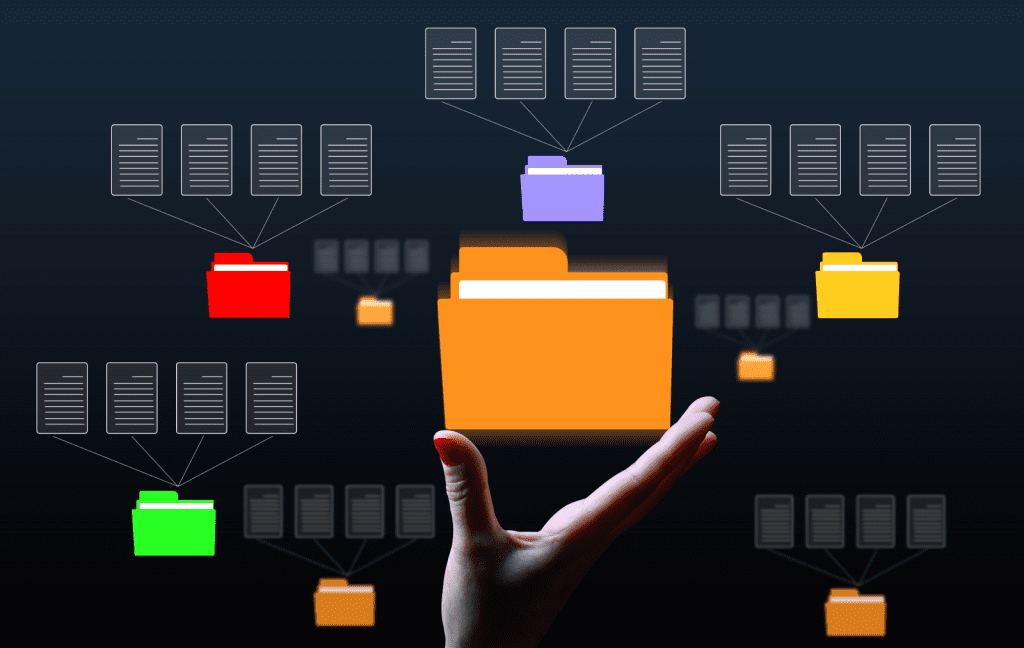Machine learning (ML) is a powerful tool for businesses, offering data-driven insights, automation, and operational efficiency. Yet, creating effective ML models often requires deep technical expertise, significant time investment, and a structured approach to ensure accuracy and scalability. AutoML—a transformative …
Blogs
Insights from Dflux
Transform Your Business with Data-Driven Decision Making
Data and Analytics Trends in 2024: What to Expect in 2025
Data and analytics have undergone remarkable transformations in recent years. These transformations are driven largely by advancements in AI, machine learning, and data technologies. As businesses continue to navigate the complexities of digital transformation, staying informed about the latest trends …
Data Integration Dilemma: ETL or ELT?
Organizations rely heavily on efficient data integration practices to make informed decisions, drive business growth, and stay competitive. Two popular data integration approaches have emerged: Extract, Transform, Load (ETL) and Extract, Load, Transform (ELT). While both methods have been widely …
Data Storytelling: Elevating Data to Drive Results Strategically
Data storytelling is the art of transforming raw data into meaningful narratives. It’s more than just presenting numbers or visuals—it’s about crafting a narrative that provides insights and drives decision-making. With the data surge in the recent decade, storytelling with …
How No-Code Data Science Platforms Address MLOps Challenges
Machine Learning (ML) has witnessed tremendous growth in recent years. Businesses across industries recognize ML models’ immense potential to automate tasks, improve decision-making, and gain a competitive edge. However, translating the promise of an ML model into real-world impact requires …
Demystifying Machine Learning Models: A Primer for Dflux Users
Machine learning (ML) has become ubiquitous in today’s data-driven world, transforming how we analyze information, make predictions, and automate tasks. At Dflux, our multi-tenant data science platform empowers users to leverage this transformative technology effortlessly. As businesses seek to leverage …
Feature Engineering: Navigating Challenges and Embracing Automation
Feature engineering is the cornerstone of machine learning, the models of which are powerful tools, capable of uncovering hidden patterns and making data-driven predictions. Yet, amidst the profound significance of feature engineering, lies an array of challenges that often impede …
Data Science Platforms: The Key to Unlocking Your Data’s Potential
Data science has emerged as a transformative force across industries. From optimizing marketing campaigns to streamlining healthcare delivery, data-driven insights are fundamentally altering how businesses operate. However, unlocking the true potential of data requires not only skilled practitioners but also …
Best Practices and Tools for Data Wrangling
Data wrangling, the crucial first step in any data science and AI project, involves cleaning, transforming, and preparing raw data for analysis. It’s the foundation for deriving valuable insights – but it can also be a time-consuming and frustrating process. …
Dflux Data Governance: Ensuring Data Security, Privacy, and Compliance
Dflux Data Governance: Ensuring Data Security, Privacy, and Compliance In today’s data-driven world, businesses collect and analyze vast amounts of data to gain insights and make informed decisions. However, with the increasing amount of data comes the challenge of …
Revolutionize Your Data Strategy – Introducing Dflux Unified No-Code ML Platform
Every organization collects, analyzes, and uses data in some way. As Data help businesses identify trends, opportunities, and potential problems, leading to better decisions. In contrast, businesses strive to streamline operations and use data more effectively. There are still some …
Customer Journey Acceleration: Unified Data Science Platform for Retailers?
In the highly competitive world of retail, understanding and optimizing the customer journey is critical to success. Retailers must be able to identify their customer’s needs and preferences at every touchpoint, from initial product research to post-purchase follow-up. This requires …











